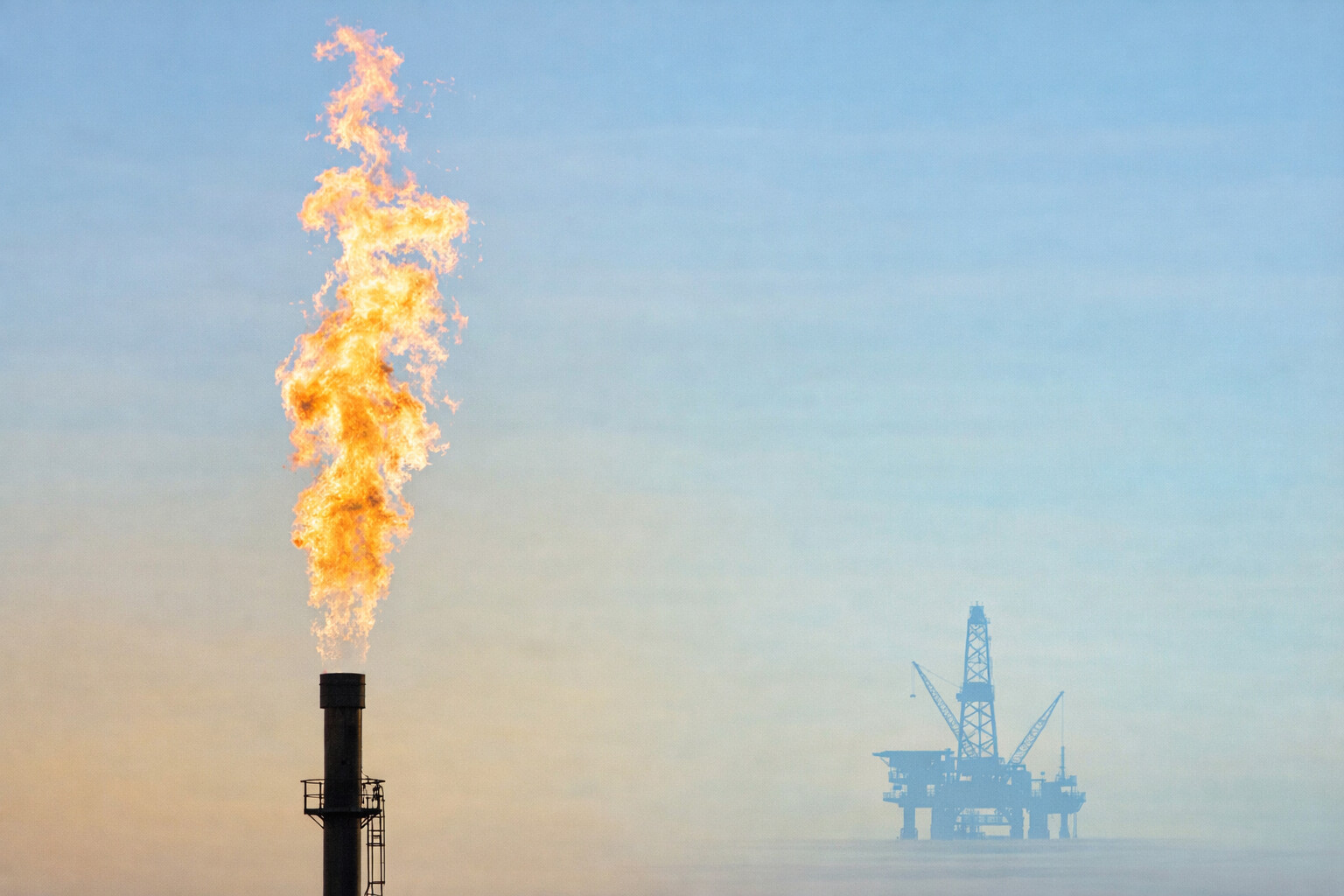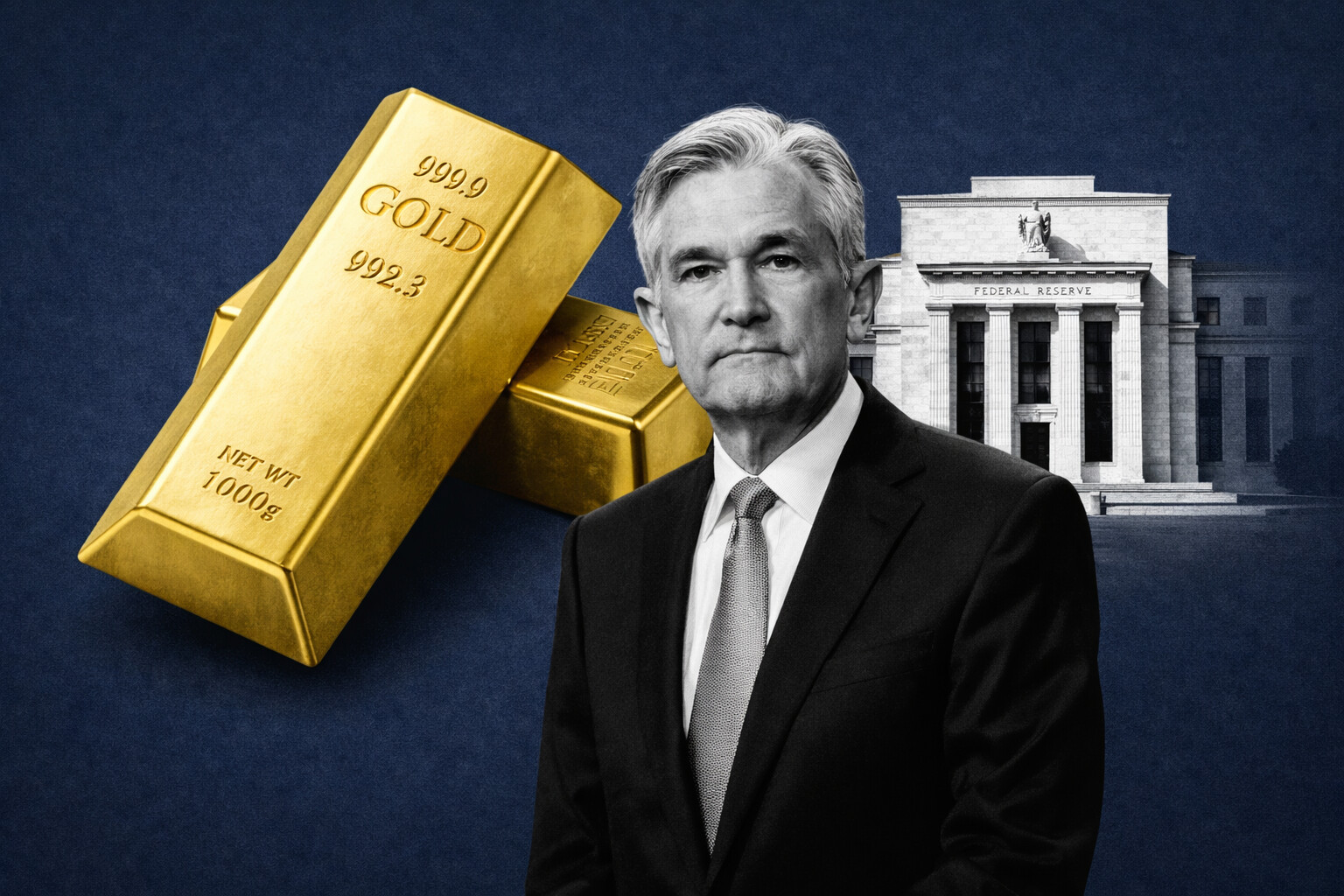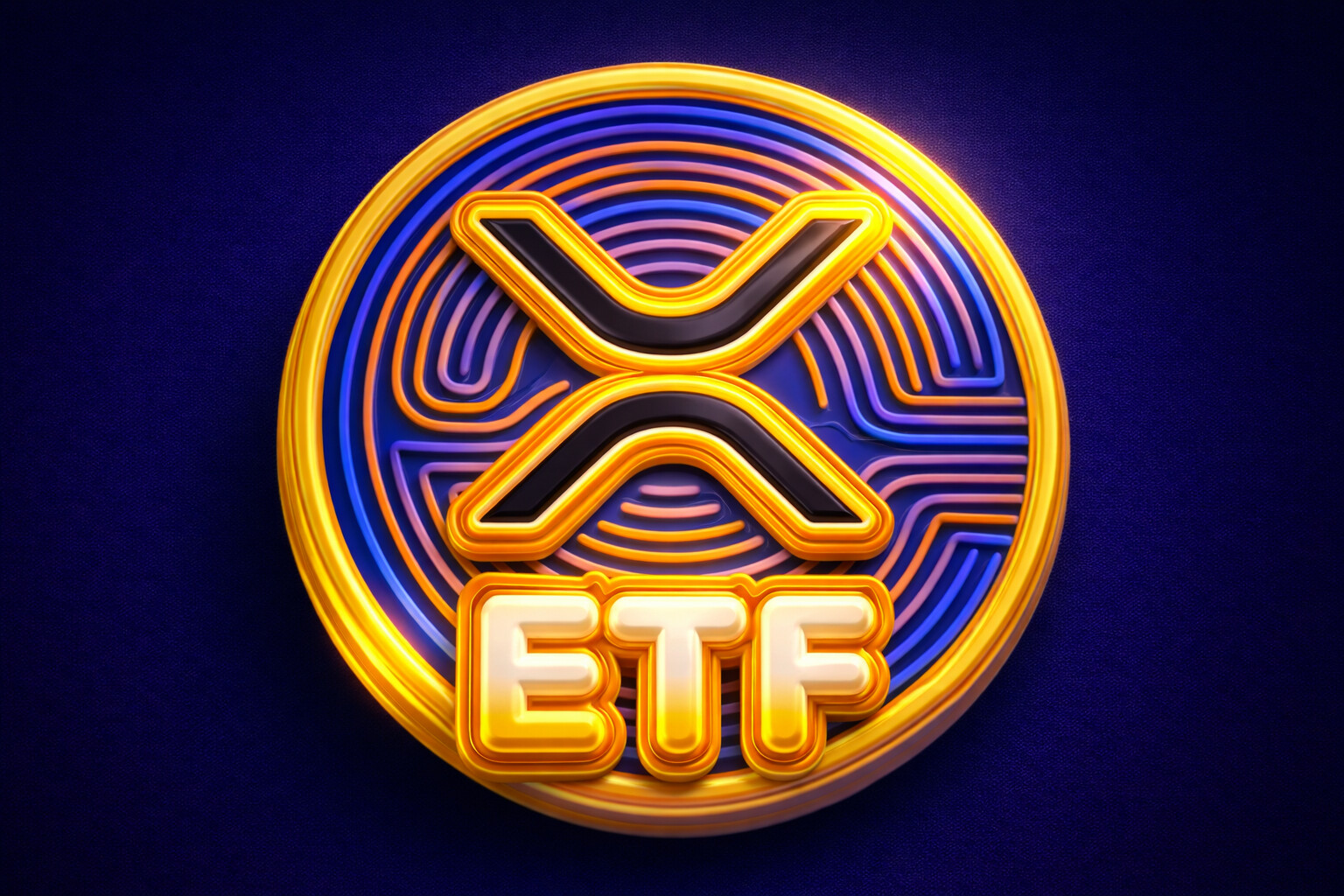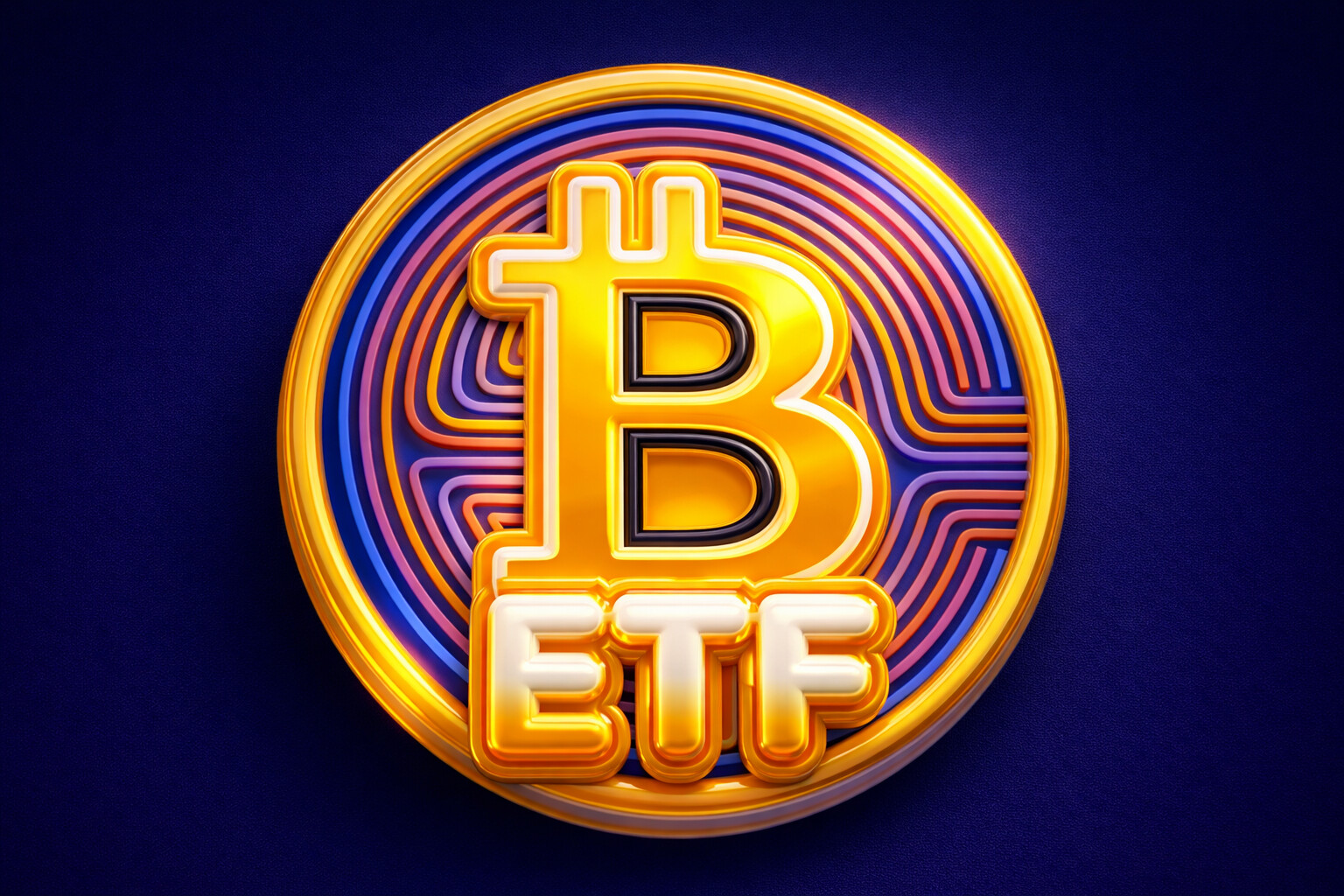
What Is A Commodity ETF?
Harnessing the Power of Commodity ETFs
Commodity ETFs provide exposure to commodities either through physical ownership of the commodity itself or through investments in futures contracts. These ETFs offer a convenient way for investors to gain access to the commodities market without the need to directly purchase and store physical commodities or navigate complex futures trading.
Commodity ETFs are typically organized in one of two ways:
-
Physical Commodity ETFs: Some commodity ETFs directly buy and store the physical commodity itself. Two notable examples are the SPDR® Gold Shares (GLD) and iShares® Gold Trust (IAU), which are the largest gold funds. These ETFs function as trusts and hold gold bullion in secure bank vaults as their primary assets. Investors in these ETFs essentially own a portion of the physical gold held by the trust.
-
Futures-Based Commodity ETFs: Another structure for commodity ETFs is through futures contracts. These ETFs trade on exchanges like stocks and bonds, and they don't require physical storage of the commodity. Instead, they invest in futures contracts that represent an agreement to buy or sell a specific quantity of a commodity at a predetermined price and future date. As the futures contract approaches its delivery date, the ETF "rolls" the contract by exchanging it for another contract with a later delivery date. This approach allows the ETF to maintain exposure to the commodity without physical ownership.
Find The Best Commodity ETFs To Buy
Commodities ETFs based on futures may face additional risks. Their trading operations, particularly when purchasing or selling large amounts of futures contracts at certain times (referred to as a roll schedule), have the potential to affect futures prices. ETFs are also vulnerable to market forces and trader activity, which can affect futures contract values. Furthermore, commodities trading restrictions may limit the size of positions that ETFs can take.Commodity ETFs function in the same way as other ETFs they are pooled and track specific indices, sectors, or commodities. ETFs are traded on stock exchanges, allowing investors to purchase and sell them like individual equities.
Commodity ETFs are typically composed of futures contracts or asset-backed contracts tied to specific commodities or baskets of commodities. When investors buy a commodity ETF, they hold a set of contracts backed by the commodity. Some commodity ETFs use leverage through derivative contracts.
Commodity ETFs offer investors exposure to commodities without directly trading in futures or other products. They are highly liquid securities that can be easily bought and sold on stock exchanges.
What is the difference between ETF and commodity ETF?
Commodity exchange-traded funds (ETFs) should be separated from commodity exchange-traded notes (ETNs). These, too, are capable of tracking changes in commodity prices. However, they are not subject to the 60%/40% tax norm. Typically, no dividends or interest payments are made during the year.
What is the largest commodities ETF?
The largest Commodities ETF is the SPDR Gold Trust GLD with $58.47B in assets.
How Many Commodity ETFs Are There?
On The US stock exchanges, there are 121 commodities exchange-traded funds (ETFs), including inverse and leveraged ETFs.
Are There Any Commodity ETFs?
Many commodity ETFs own the stocks of companies that produce, transport or trade commodities. Examples include the VenEck Gold Miners ETF (GDX), which tracks the performance of gold mining companies. Some funds trade commodity futures, which are agreements to buy or sell a product at a future date and price.
What Is The Best Way To Get Commodity Exposure?
Read More
-
PayPal Stock Price Forecast - PYPL at a Five-Year Low: Deep-Value Bet at $57 With Upside Toward $100–$120
20.01.2026 · TradingNEWS ArchiveStocks
-
XRP ETF Focus: Are XRPR at $15.56 and XRPI at $10.96 Setting Up a Rebound?
20.01.2026 · TradingNEWS ArchiveCrypto
-
Natural Gas Price Jumps Above $3.80 on Arctic Blast as Traders Target the $4.00 Line
20.01.2026 · TradingNEWS ArchiveCommodities
-
Stock Market Today - Dow Jones, S&P 500 and Nasdaq Tumble as Greenland Tariffs Trigger ‘Sell America’
20.01.2026 · TradingNEWS ArchiveMarkets
-
USD/JPY Price Forecast - USDJPY=X Eyes 160 as Japan’s Fiscal Shock Overpowers Classic Safe-Haven Flows
20.01.2026 · TradingNEWS ArchiveForex



















